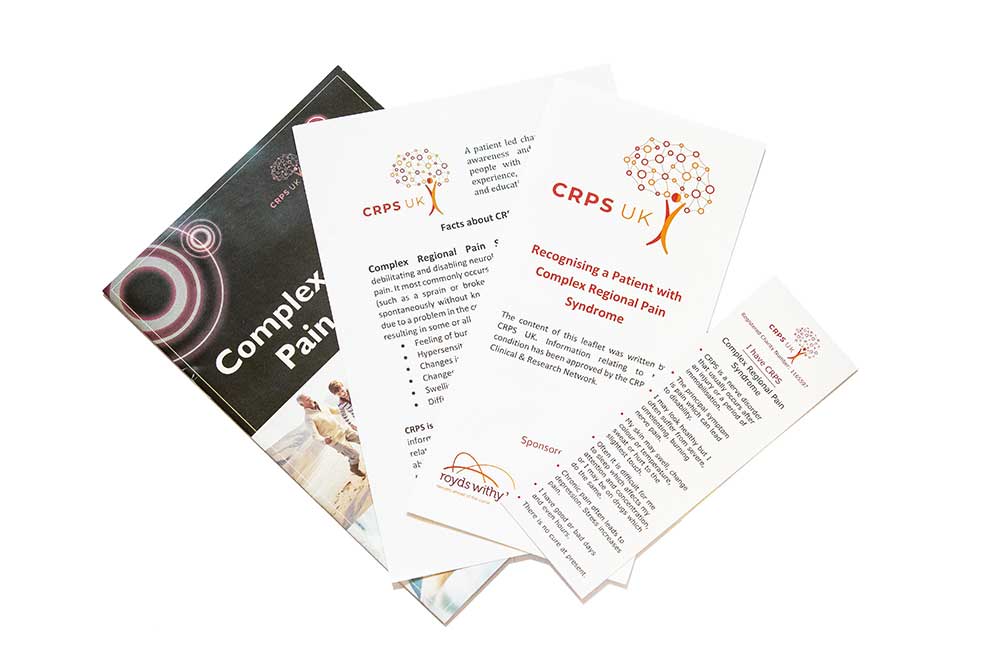What is CRPS?
Complex Regional Pain Syndrome (CRPS, also known as Reflex Sympathetic Dystrophy, RSD) is an uncommon condition, historically first observed during the American civil war, and was then called Causalgia. It has been known as many names but is now called Complex Regional Pain Syndrome in the UK.

Complex Regional Pain Syndrome (CRPS) is an uncommon neurological disorder, which causes chronic pain that cannot be controlled and can affect all areas of the body but most commonly occurs in the limbs. CRPS is usually triggered by a minor injury such as a sprain, broken/fractured bones, surgery or can appear spontaneously without known cause.
It is characterised by severe pain, swelling, temperature and colour changes and motor dysfunction. CRPS pain continues long after the original injury has healed. In order to be diagnosed a specific criteria is used by clinicians
https://www.rcplondon.ac.uk/guidelines-policy/complex-regional-pain-syndrome-adults
It is a debilitating and disabling condition, which for some can be life changing.
CRPS is poorly understood and a cause has not yet been found, although there are some promising areas of research. It is generally agreed that the body produces a faulty response to an injury where normal inflammatory responses such as pain, swelling and temperature changes do not stop once the damage is repaired. This leads to a ‘feedback loop’ within the nervous system making the body more sensitive to pain. It is not known why some people get CRPS and others do not.
CRPS is difficult to treat but a multi-disciplinary approach is considered to be the best treatment alongside medication to limit the effects of CRPS. Ongoing research is taking place globally to develop better medications and treatments for CRPS.
CRPS is believed to be the result of dysfunction in the central and/or peripheral nervous systems, where the signals between the affected limb or body part and the brain are misinterpreted, resulting in the following:
CRPS can strike anyone at any age and affects both men and women.
More information about CRPS
www.nhs.uk/Conditions/Complex-Regional-Pain-Syndrome/Pages/Symptoms
https://www.versusarthritis.org/about-arthritis/conditions/complex-regional-pain-syndrome-crps/
https://www.rcplondon.ac.uk/guidelines-policy/complex-regional-pain-syndrome-adults

